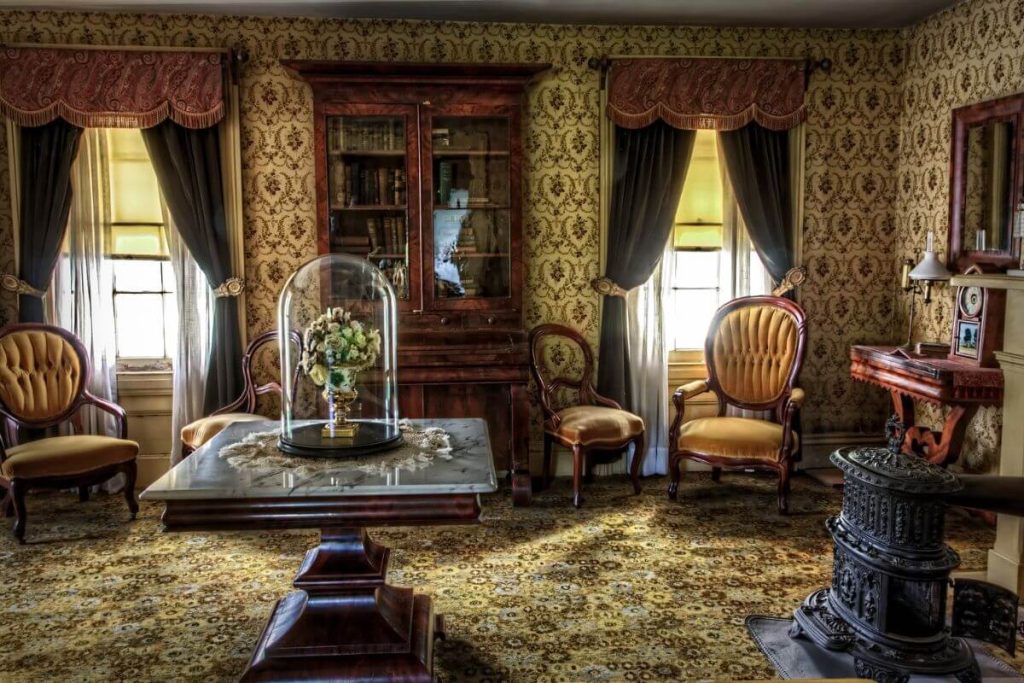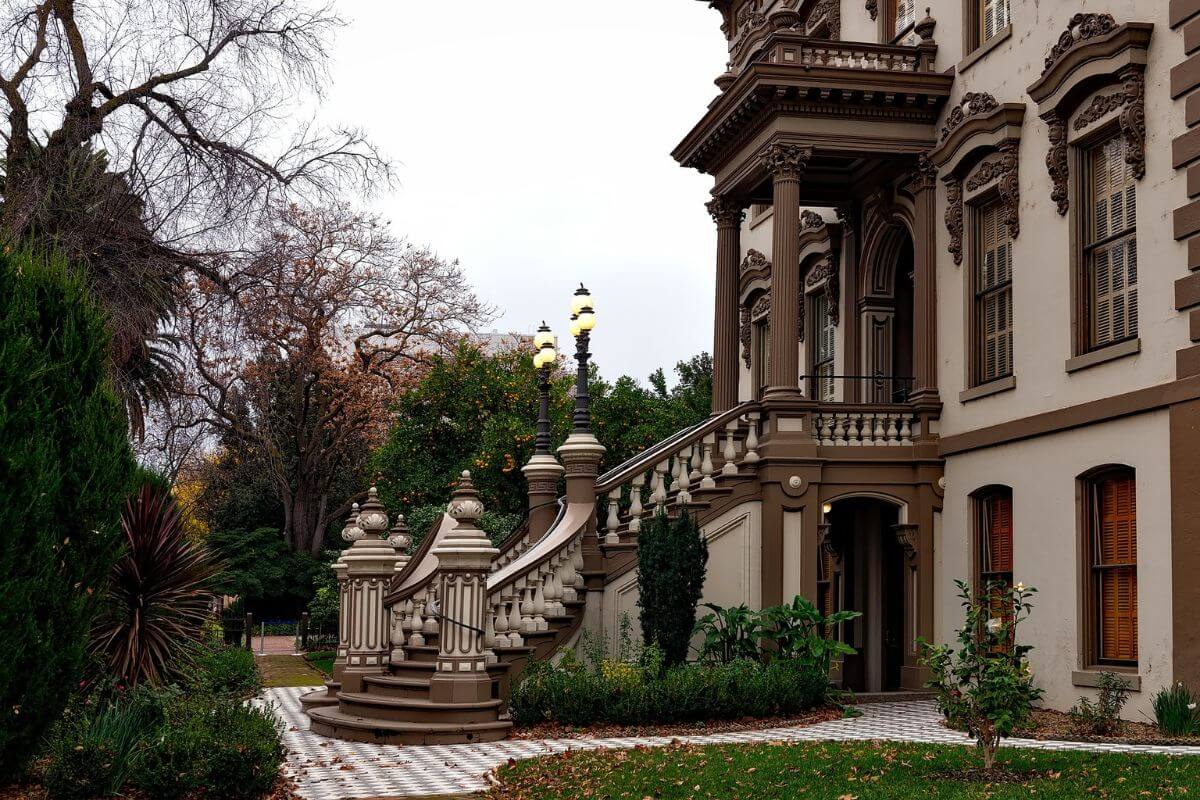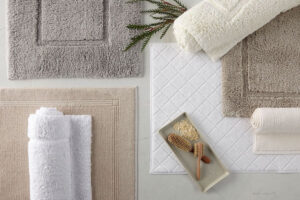Historic homes have a unique charm that can be both beautiful and daunting to decorate. While preserving the home’s original architecture and features is essential, it is also crucial to create a comfortable and functional space. In this article, we will provide you with practical tips on how to decorate a historic home without sacrificing its authenticity.
Understanding the Home’s History
Before starting any decorating project, it is crucial to research and understand the home’s history. Knowing the architectural style, era, and original features of the house will guide your decorating decisions. For instance, if you have a Victorian-era home, you might want to incorporate ornate patterns and furniture into your design.
Emphasize the Home’s Architecture
One of the benefits of owning a historic home is the unique architecture it offers. You can emphasize the home’s architecture by highlighting the original features such as crown moldings, archways, and built-in bookshelves. By incorporating architectural elements into your design, you will create a cohesive and elegant space.
Choose Colors Wisely
When choosing colors for your historic home, it is important to keep in mind the era in which the house was built. Bright colors might be appropriate for a mid-century modern home, but not for a 19th-century Victorian home. Stick to neutral colors such as beige, gray, and white and accentuate with vibrant hues that complement the house’s architectural style.
Mix Old and New
When decorating a historic home, it is essential to balance modern elements with traditional ones. Mixing old and new items will add depth and character to the space. You can use antique furniture or lighting fixtures with modern upholstery or contemporary art to create a unique and eclectic look.

Pay Attention to Lighting
Lighting is an essential aspect of any home decor project. In a historic home, lighting can help highlight the home’s original features and architecture. Consider adding chandeliers, pendant lights, or wall sconces to create an elegant and dramatic effect.
Create a Focal Point
Every room needs a focal point that draws the eye and creates a sense of balance. In a historic home, you can create a focal point by highlighting a fireplace, a grand staircase, or a unique architectural feature. Once you have identified the room’s focal point, decorate around it with complementary furniture and accessories.
Incorporate Texture and Pattern
Texture and pattern can add depth and interest to a historic home. Consider adding patterned wallpaper, textured curtains, or a plush area rug to create a cozy and inviting space. Be sure to balance the patterns and textures to avoid overwhelming the room.
Display Art and Antiques
Historic homes are the perfect place to showcase art and antiques. You can use antique furniture as a statement piece or display art that complements the home’s architecture and era. The key is to create a cohesive and harmonious look that does not clash with the home’s historic features.
Consider Functionality
While preserving the home’s history is crucial, it is also essential to create a functional and comfortable space. Consider the home’s layout and traffic flow when arranging furniture. Choose furniture that is comfortable and practical, and be sure to incorporate storage solutions that keep clutter at bay.
Preserve the Home’s Original Features
Preserving the home’s original features is crucial to maintaining its historic charm. Avoid making permanent changes that alter the home’s original architecture or features. Instead, repair and restore the home’s original features, such as windows, doors, and flooring, to their former glory.
Conclusion
Decorating a historic home requires a delicate balance between preserving its history and creating a functional and comfortable space. By understanding the home’s history, emphasizing its architecture, mixing old and new elements, and paying attention to lighting, you can create a beautiful and authentic space that reflects the home’s unique charm. Remember to choose colors wisely, incorporate texture and pattern, display art and antiques, and consider functionality to create a harmonious and inviting environment.
Frequently Asked Questions
Should I preserve all of the home’s original features, or can I make some updates?
It’s essential to preserve the home’s original features as much as possible to maintain its historic charm. However, you can make some updates to enhance the home’s functionality and comfort, as long as they don’t compromise the home’s authenticity.
Can I mix different architectural styles in a historic home?
It’s best to stick to the home’s original architectural style when decorating a historic home. However, you can mix old and new elements to create a unique and eclectic look.
How can I incorporate modern technology into a historic home?
You can incorporate modern technology by using discreet outlets and switches that blend in with the home’s architecture. You can also install smart home devices that can be controlled through your smartphone or voice commands.
What are some common mistakes to avoid when decorating a historic home?
Common mistakes to avoid when decorating a historic home include making permanent changes that alter the home’s original architecture, using modern materials that clash with the home’s historic features, and over-cluttering the space with too many accessories.
How can I find inspiration for decorating a historic home?
You can find inspiration for decorating a historic home by researching the home’s history and architectural style, visiting historic homes in your area, and browsing design blogs and magazines that focus on historic homes.




